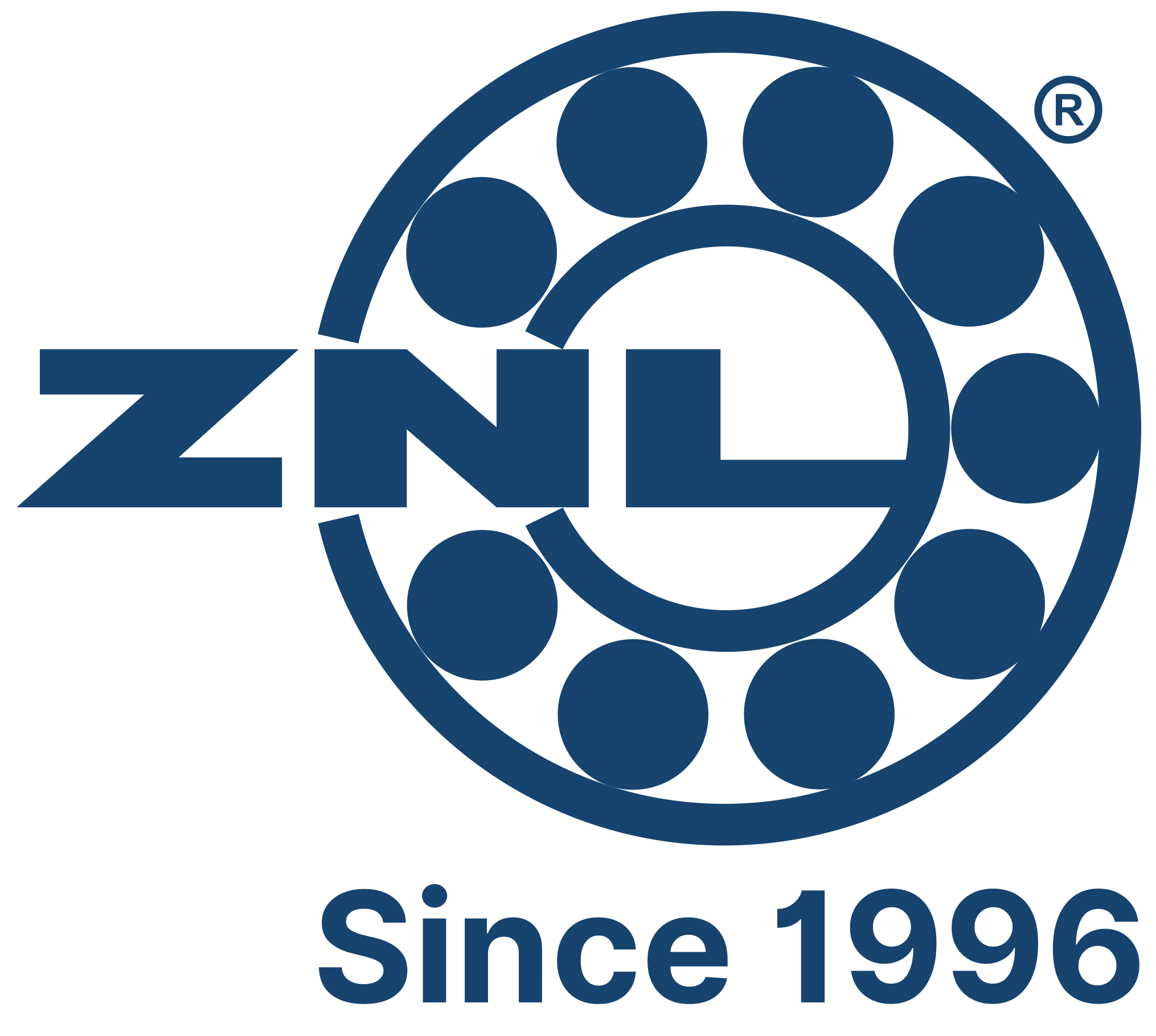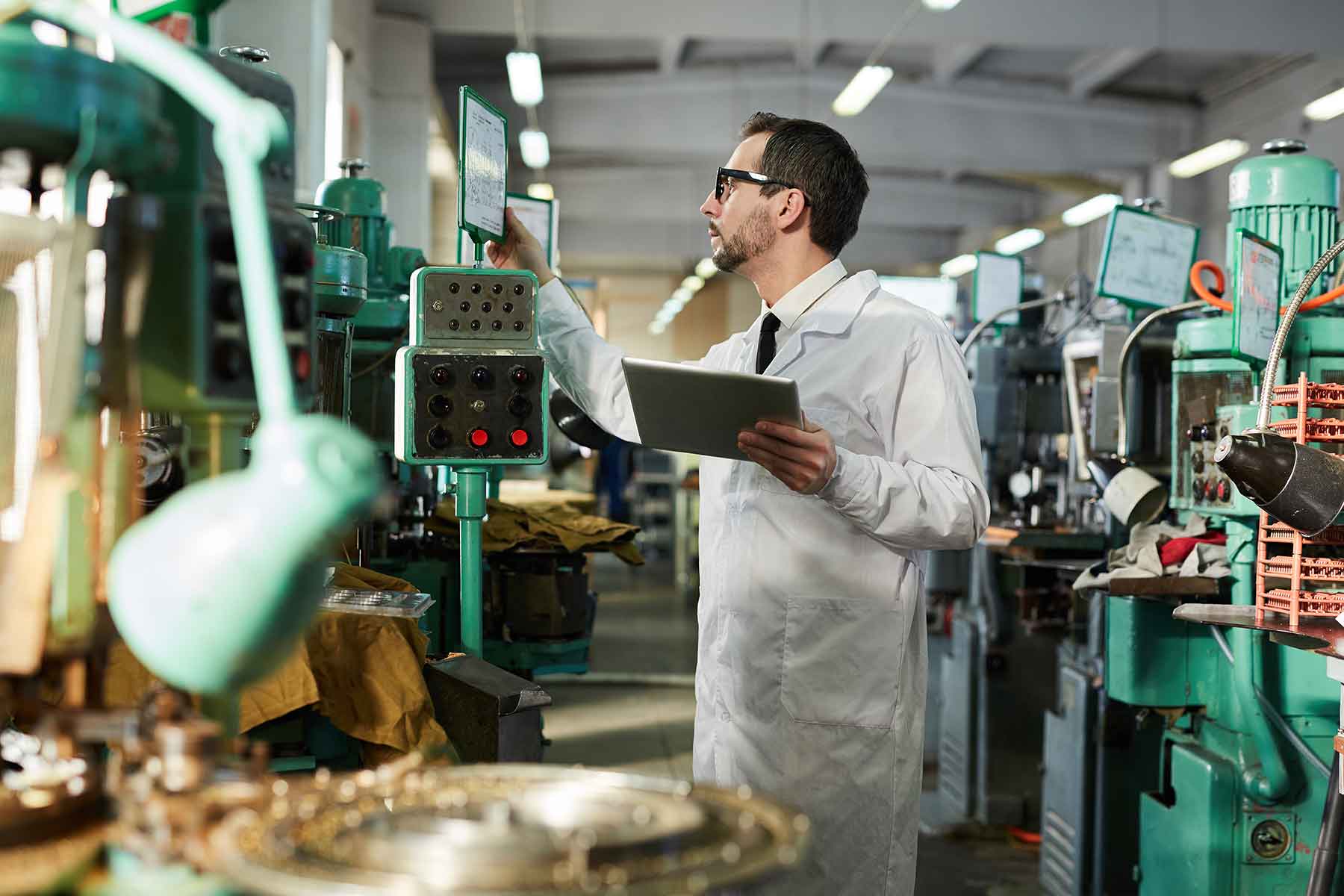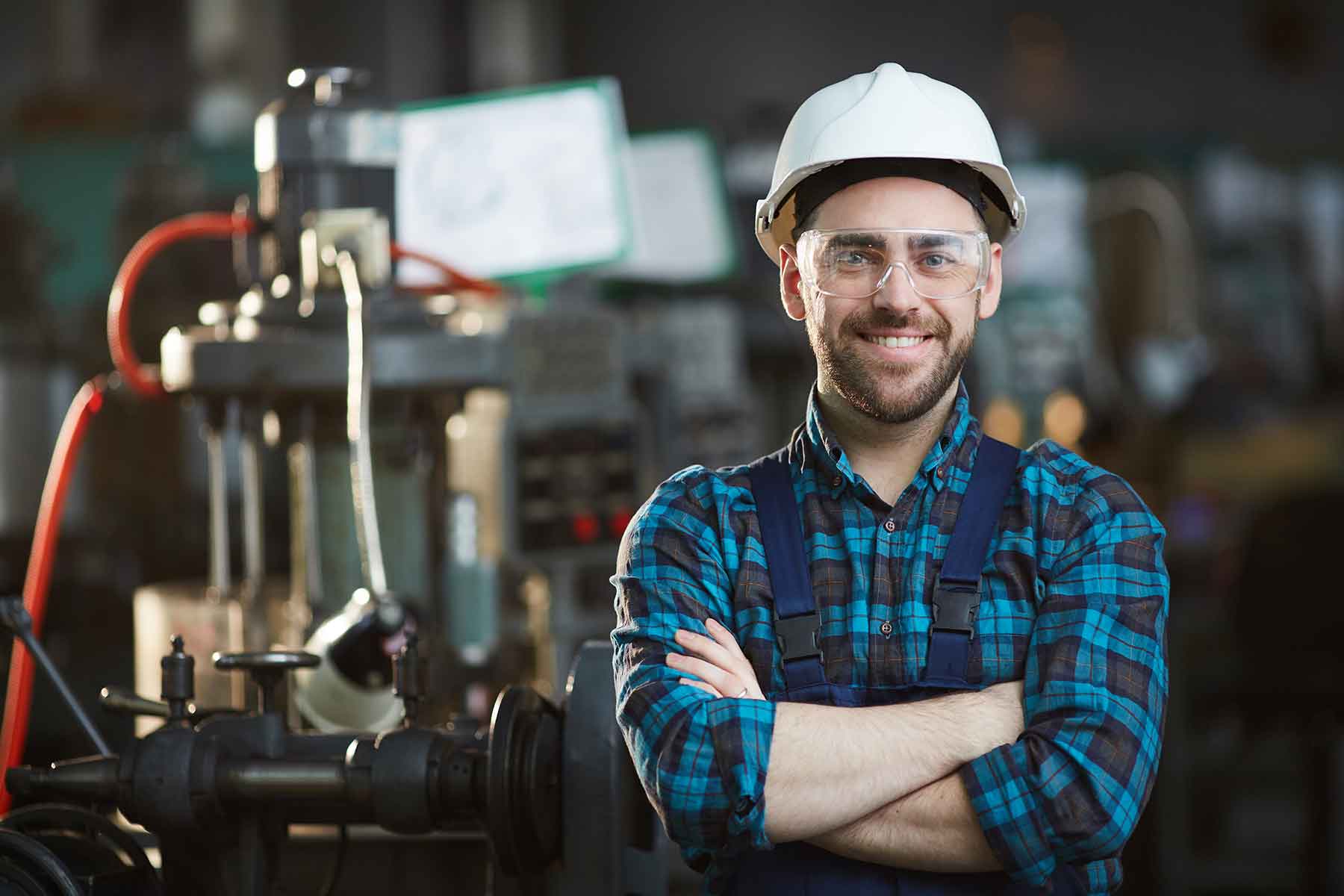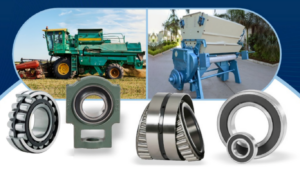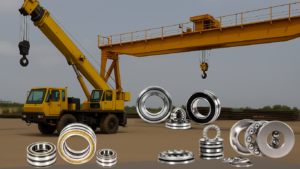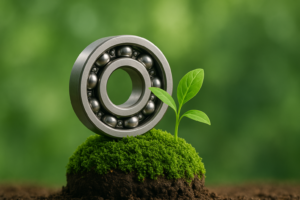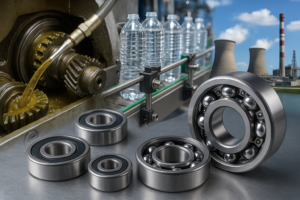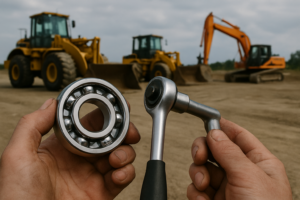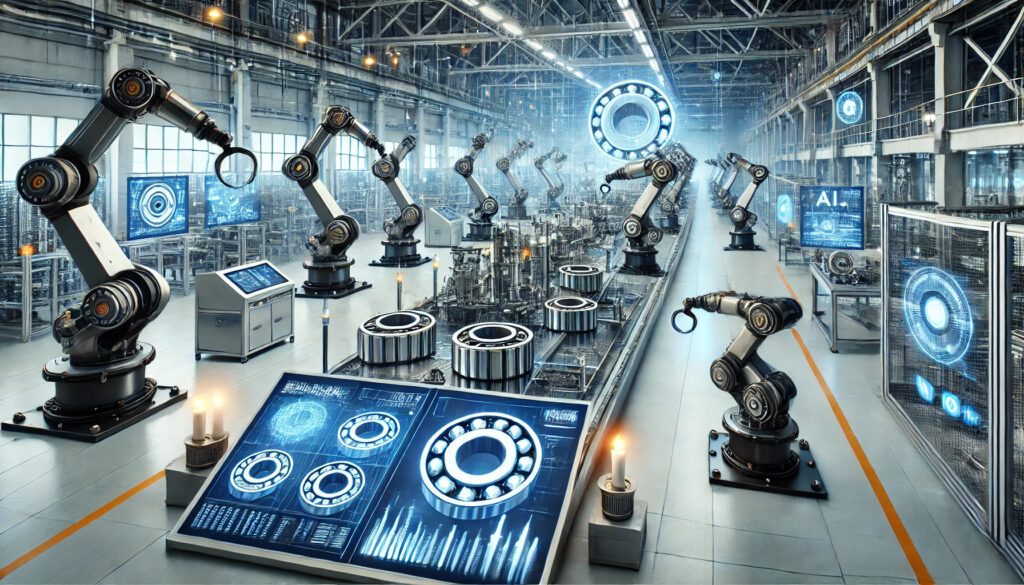Nowadays, the key to success is stepping ahead with the trends and walking faster than others. But with that, you must adapt to digitalization, too! Yes, digitalization is not bound to any particular industry. Now, every industry has taken its first step into the vast world of digitalization. To everyone’s astonishment, the bearing industry is also stepping ahead and moving towards digitalization. To walk with trends hand in hand ZNL bearings also integrated digitalization into its system. Now, let’s delve deeper and learn more about how digitalization lends a helping hand in the process of bearing production.
With the evolution of technology, we can make production seamless as well as efficient with features like smart sensors, artificial intelligence (AI), data processing, and many other things. To improve the quality and get the precise outcome, technology helps the most.
As we look forward we all know how much importance bearing holds! They can be called the spine of every machine or vehicle. Hence, holding this much importance it is necessary that bearing must be made with precise measurements, width, strength, etc, and these all are possible with industry 4.0 technology and evolution.
With digitalization, crafting bearings involves different processes like grinding, honing, etc. Earlier, bearings were having defects like waviness and burns and it was affecting the overall machine. In not-so-ancient times everyone was using technologies like GRINDSIM, and GIGAS but these two were not as accurate as today’s technology. Now, you might be wondering which technologies are used today. Let’s read them too!
- Smart Sensors: As the name stands for smart sensors help you collect precise data about quality, measurements, vibration, heat and other tools.
- AI & Machine Learning: AI with smart sensors measures all the data and keeps problems at bay or else solves them before they arrive.
- Digital Twin Technology: This technology helps you save time by having the same model which is open for adjustments if the current model finds defects.
- Operator Assistance: with the necessary operator assistance if you have any problems or need any adjustments then this assistance helps you work faster.
Material & Methods
Here we will talk briefly about the ZNL Bearings Production line. Usually, it follows a well-curated process to get the expected results. This process is divided into 2 main parts names, inner ring and outer ring. The sole aim behind this process is precision, accuracy, and efficiency.
The whole process carries 4 different components.
- Grinding: This is the first step where rings are finely machined.
- Honing: It means one step ahead of smoothing and refining the ring surface.
- Washing: Everything needs to be properly cleaned and ridicule particles should be removed.
- Quality control: This is where quality and precision are measured.
Once this process is completed inner and outer rings are paired as per the precise measurements. The digitalization helps in measuring accuracy, efficiency and long-term durability.
Smart Sensors
Once this process is completed it goes for testing. While at testing they first have to go through the smart sensors. Remember, we talked about them earlier! Smart sensors are constantly working. They monitor the grinding process and based on that they collect accurate data for our ease and overall product safety. Not only this, smart sensors can detect problems regarding excessive heating irregularities in surface finishings, etc. They measure surface irregularities by using accelerometers and vibration analysis to detect the defect. To measure the heating they have a system, a virtual sensor system that lets you know the temperature going up more than it should be. They use power meters, cooling fluid sensors and thermal cameras. In smart sensors, there are components that manage the grinding tool’s condition. Yes, they let you know with the help of acoustic emission sensors that is your grinding tool is properly working or not, does it need any servicing, etc. One component named Tool wear has been installed to prevent defects caused by dull or damaged tools. Smart sensors offer real-time insights to make decisions quicker.
AI and Machine Learning Tools
As per the above information, you know that the collected data goes for the next step named AI and Machine Learning tools. The data that the smart sensor has given gets analyzed by AI to predict problems before they occur. With this, a digital twin simulates production. Once AI analyses the data, the digital twin simulates production and then AI with all the data ensures that the end product gets ready as per the required necessary measurements and is perfect for further process.
Communication and Data Management
With the benefit of digitalization, we can now collect and manage all the important data in a safe vault. It offers a centralized database where all the analyzed data, as well as measurements and quality data, gets stored. This further saves the struggle of finding the right data when the situation is crucial. This database also helps in knowing real-time data, too. As you have all the data in one place, you can navigate things like shipping, production, etc, with ease and precise detailing. With our advanced technology, we ensure that we keep vulnerabilities at bay and don’t let anyone authorize the data without permission. With digitalization and ZNL bearings, we make sure that everything stays safe.
Machine learning
With the integration of digitalization, we can wave a hand to manufacturing errors. Instead, now we can offer precise, accurate product that fits as per the required measurements. With all the above-mentioned information, it becomes easier when problems arise. Which earlier was quite a task when you’re producing thousands or one can’t even count bearings.
Conclusion
With this guide, we knew a brief about how digitalization helps in ZNL bearing production. Using different components like smart sensors, controlling units, and communication modules helps measure the data, find defects, and work on it in real-time. Human-machine interface and software algorithms were integrated to make the work more easier. We are glad to integrate Digitalization in ZNL Bearings and making the process smoother, more efficient and more accurate.
